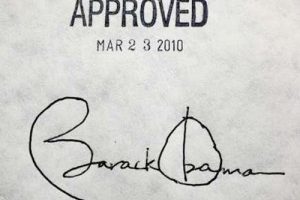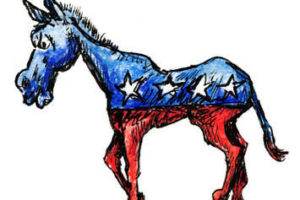Great American dramas often have a protagonist and antagonist. If the rise of Barack Obama from a community organizer on the streets of Chicago to occupying the biggest “chair” in world history is a great American story, then clearly Mr. Obama’s antagonist must be the conservative right and all of their quirky ideas about individual responsibility, independence, and self-reliance. However, I disagree, William Jefferson Clinton, the 42nd President of the United States and for many the first “Black President” could also be labeled the “anti-Obama”. The former head of the Democratic machine will be in the building tonight at the national convention being held in Charlotte to persuade voters into believing that Obama is the “Black Clinton”.
The spirit of “hope and change” fills the air and America is excited about electing a young Washington outsider to lead the greatest nation on Earth. Am I reminiscing about 2008? No, I’m describing 1992, and the upset election of Clinton and Gore. Clinton came into office during a troubling time, the financial system was being rocked by the savings and loan crisis, the economy was in recession, unemployment was rising, and interest rates were hovering around 8%.
Initially, Clinton would focus his administration on what he felt was three important policy goals – an economic stimulus package, healthcare reform, and climate change. Clinton pursued each of those goals with extreme determination, failed to achieve any one of them, and subsequently the economy deteriorated further. After wasting an enormous amount of political capital on these priorities during the first half of his initial term, Clinton faced a relentless GOP in the 1994 mid-term elections, and voters felt the Republican Party’s “Contract with America” was the best plan to move the country forward. In 1995, Republicans dominated the House and Senate with eye popping majorities; Clinton finally yielded and became a more pragmatic leader with a renewed focus on generating economic prosperity.
Clearly, this digest clashes with that of the current President, who does not understand or chooses to outright ignore pragmatic and inclusive leadership. Obama alienated many voters and members of Congress when he force fed undesired legislation such as an $800-billion stimulus package, ObamaCare, and Dodd-Frank. After the 2010 mid-term elections, Mr. Obama fought on with incredible obstinacy, and he took a clear stance of not being open to any Republican ideas about how to govern this country. Often reminding House GOP leadership that, “I won”.
Let’s consider policies implemented under the Clinton administration compared to those signed into law by Obama. Clinton passed “Don’t Ask, Don’t Tell”, Obama repealed it. Clinton signed the Defense of Marriage Act; Obama would like to repeal it. Clinton passed welfare reform and included a work requirement; Obama would like to issue waivers to limit those reforms. Clinton cut taxes on capital gains and dividends, which benefitted lots of wealthy people like Mitt Romney; Obama has waged a war on the rich to finance his government expansion. Clinton repealed Glass-Steagall and reduced the regulatory burden on the financial services community; Obama passed Dodd-Frank and created 300 new rules to over-regulate the sector.
In most opinion polls, Clinton often ranks high as one of the most popular Presidents in American history; despite his marriage infidelity he is often seen as a common-sense leader with a focus on effective solutions. I would agree. Undoubtedly, this very reason is why the Obama machine will prominently feature him on the big stage tonight at the Democratic National Convention. Independents and swing voters still maintain an unwavering loyalty for Clinton and his approval ratings remain the highest in modern history. However, let’s be clear, Clinton represents everything that Mr. Obama is not and even begs the question how does the “anti-Obama” even fit into the modern Democratic Party. Clinton may be in the wrong building.




